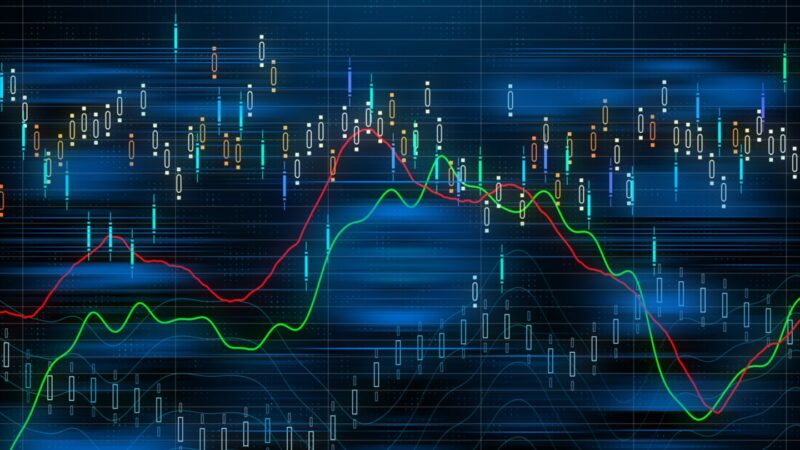In an era defined by technological advancement, the world of trading stands on the precipice of a radical transformation. Automated trading software has emerged as a powerful tool, promising to streamline the complex dance of buying and selling in financial markets.
With algorithms that can analyze vast amounts of data in mere seconds, this cutting-edge technology captivates both seasoned traders and newcomers alike. Yet, as enthusiasm mounts, a pressing question looms: will automated trading reshape the future of investing, or will it fizzle out as just another fleeting trend? To navigate this intriguing landscape, one must consider the implications of relinquishing human intuition to the cold logic of machines, the potential for unparalleled efficiency, and the haunting specter of market manipulation.
As we delve into this debate, we must ask ourselves—are we on the brink of a trading revolution, or merely seduced by the allure of innovation?
The Rise of Automated Trading: A Brief History

The journey of automated trading systems began in the 1970s when the advent of computers opened new avenues for traders, allowing them to execute orders at unprecedented speeds. As technology evolved, so did the sophistication of trading strategies; by the 1980s, institutional investors began employing algorithms to manage their vast portfolios more efficiently.
The turn of the millennium marked a seismic shift—with the internet democratizing access to financial markets, retail traders increasingly sought out automated systems to gain a competitive edge. Fast forward to today, where machine learning and artificial intelligence are redefining the landscape, creating a blend of speed and precision that was once the domain of only the most elite investors.
The rise of automated trading has not just transformed how trades are executed, but also the very nature of market dynamics, challenging traditional methods and enticing a new generation of traders to delve into this rapidly evolving realm.
Increased Efficiency and Reduced Emotion in Trading

Automated trading software heralds a new era in financial markets, where increased efficiency tangibly reshapes trading strategies across the board. By harnessing the power of algorithms and real-time data analysis, these tools can execute trades at lightning speed that mere humans could scarcely match.
The relentless precision of automated systems minimizes the element of emotional decision-making, often deemed a traders Achilles heel. No more frantic fingers poised at keyboards, trembling with anticipation or clouded by fear; instead, trades are executed based on cold, hard data-driven insights.
This shift not only enhances performance metrics but also brings a level of discipline that can be difficult for even seasoned traders to maintain. As automation continues to evolve, the landscape of trading is changing—especially for those willing to embrace a strategy that prioritizes logic over emotion.
The Role of AI and Machine Learning in Automated Trading

In the realm of automated trading, AI and machine learning have emerged as transformative forces, reshaping how trades are executed and strategies are developed. Imagine systems that not only analyze vast datasets in real-time but also learn from them—adapting to market fluctuations with an agility that humans simply cannot match.
These technologies harness algorithms that identify patterns, predict price movements, and optimize trading decisions, while simultaneously minimizing risks. However, reliance on AI is not without its perils; unexpected market conditions can lead to unprecedented outcomes.
Thus, traders must walk a fine line, balancing the precision of machine-driven insights with the unpredictability inherent in financial markets. As AI continues to evolve, its integration into automated trading systems promises not just efficiency, but a radical shift in how we perceive and interact with the trading landscape.
Conclusion
In conclusion, the emergence of automated trading software has undeniably transformed the landscape of financial markets, offering traders unprecedented speed, efficiency, and algorithm-driven decision-making. While it presents exciting possibilities for a more streamlined and systematic approach to trading, it is essential to recognize that the technology is not without its pitfalls.
The inherent risks of over-reliance on these systems, coupled with market unpredictability, necessitate a balanced perspective. As we look to the future, it is clear that automated trading systems hold significant potential but must be approached with caution and a deep understanding of their complexities.
Whether they will become a lasting staple of the trading world or fade into obscurity remains to be seen, but their impact on the industry is already profound and likely to shape the future of trading in unprecedented ways.


